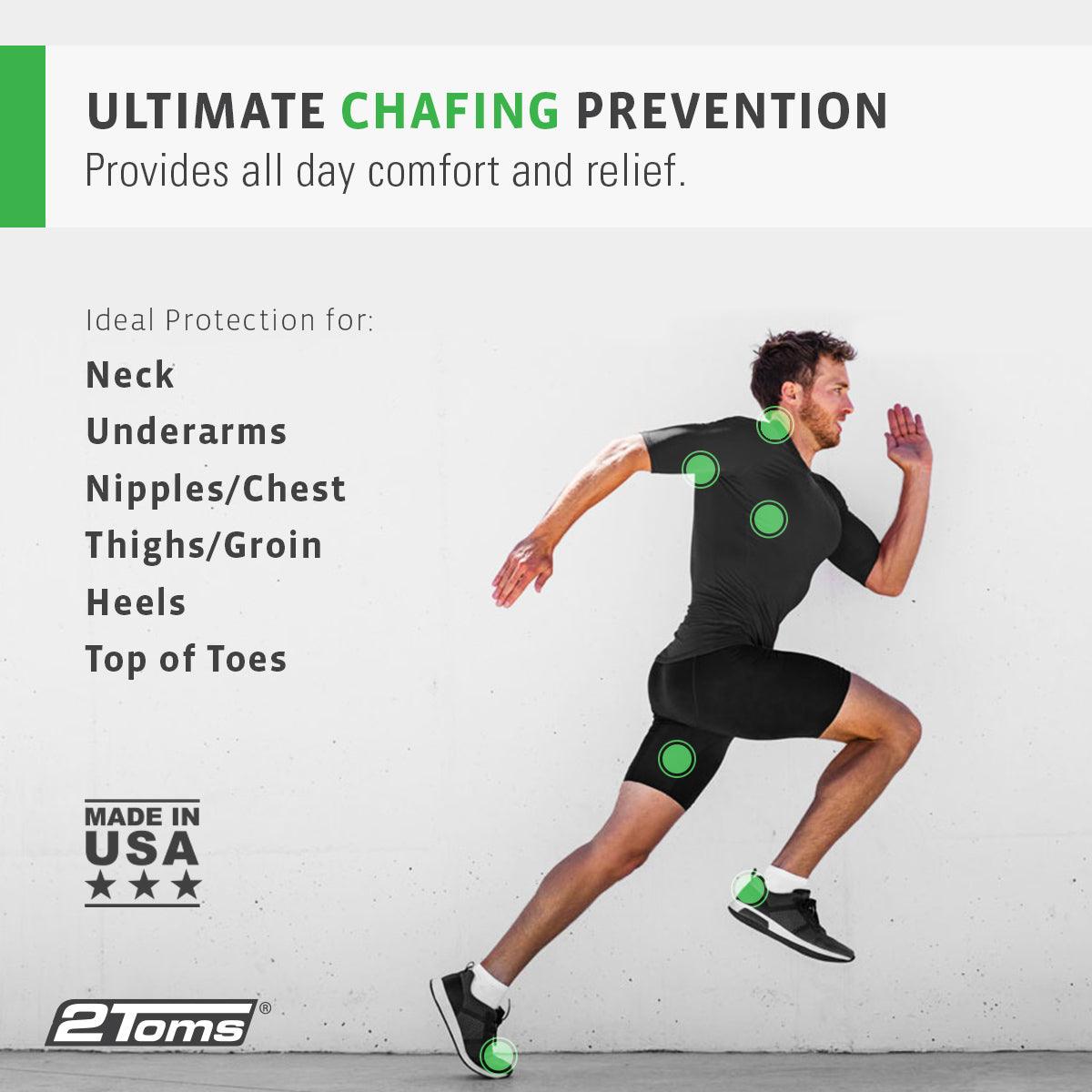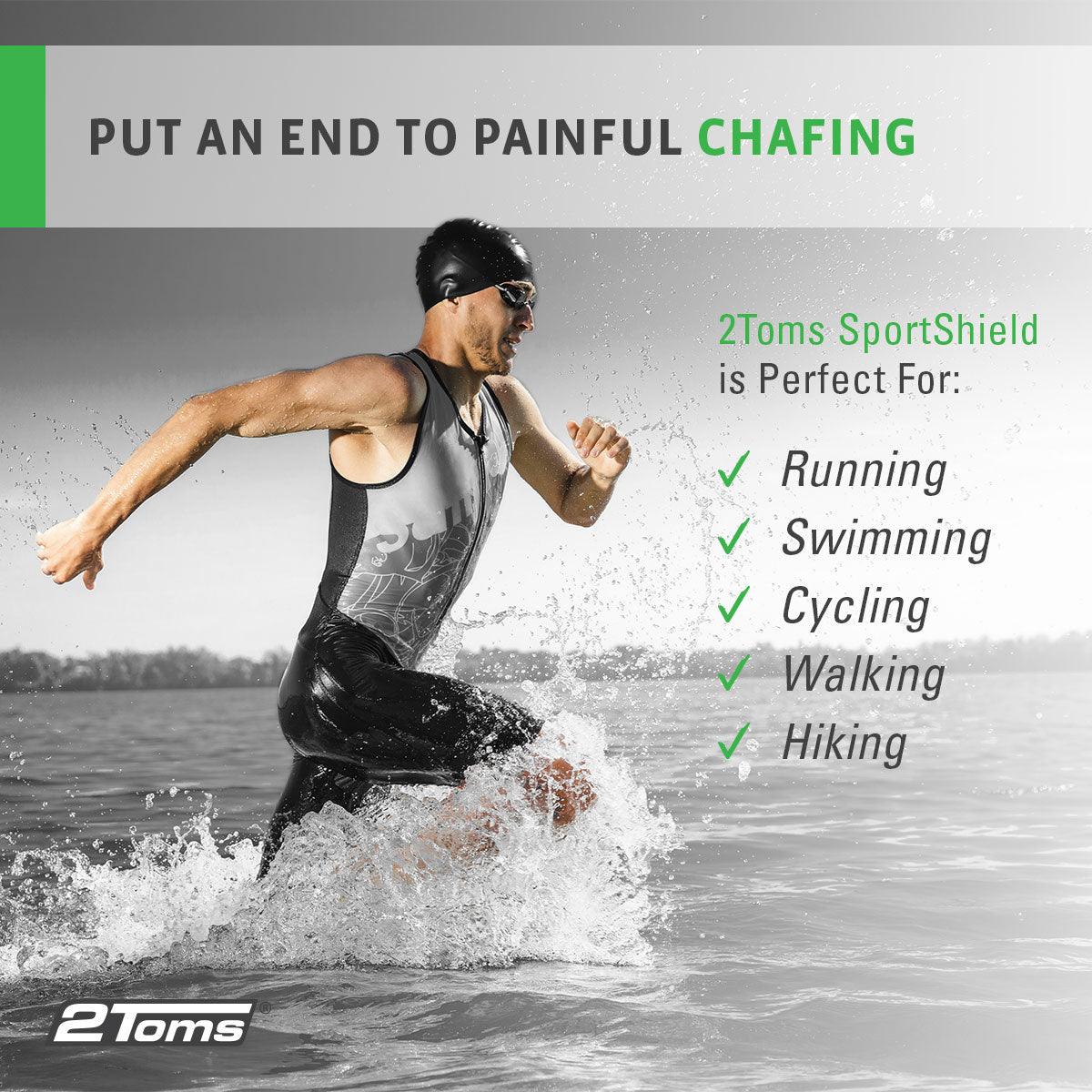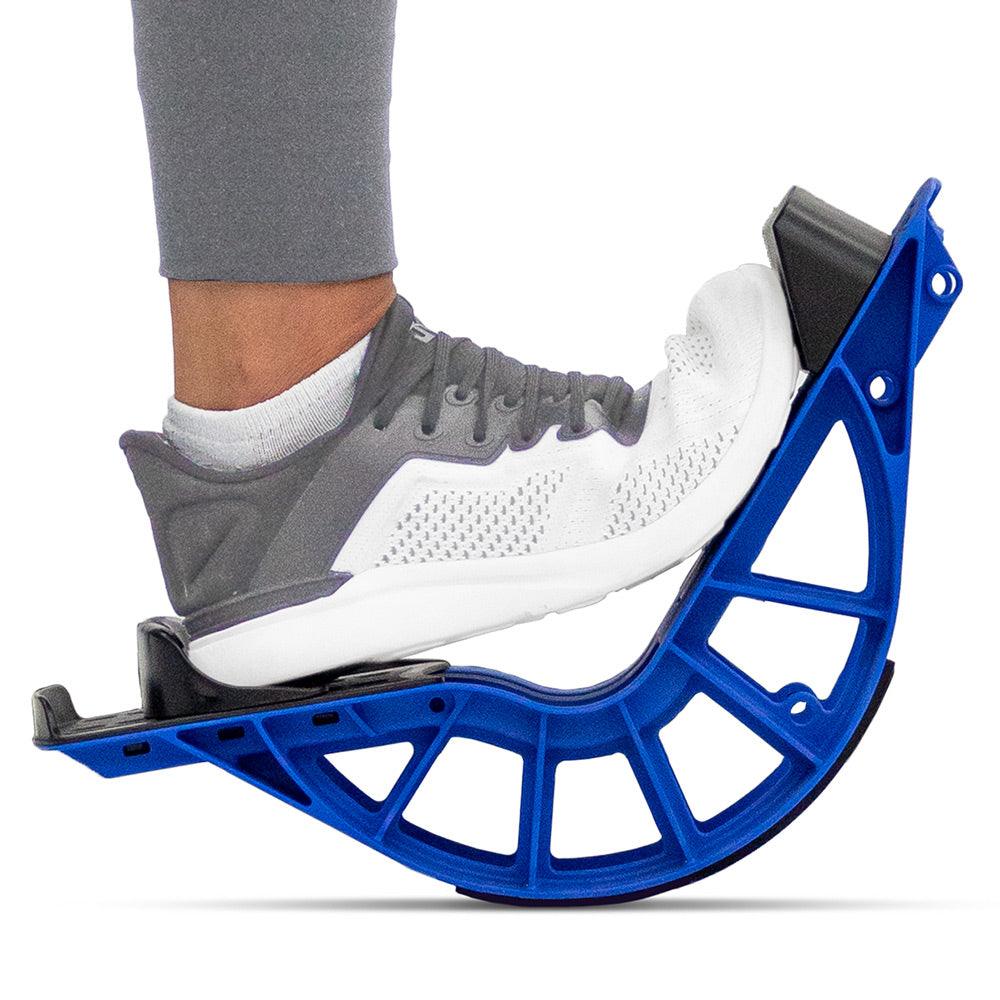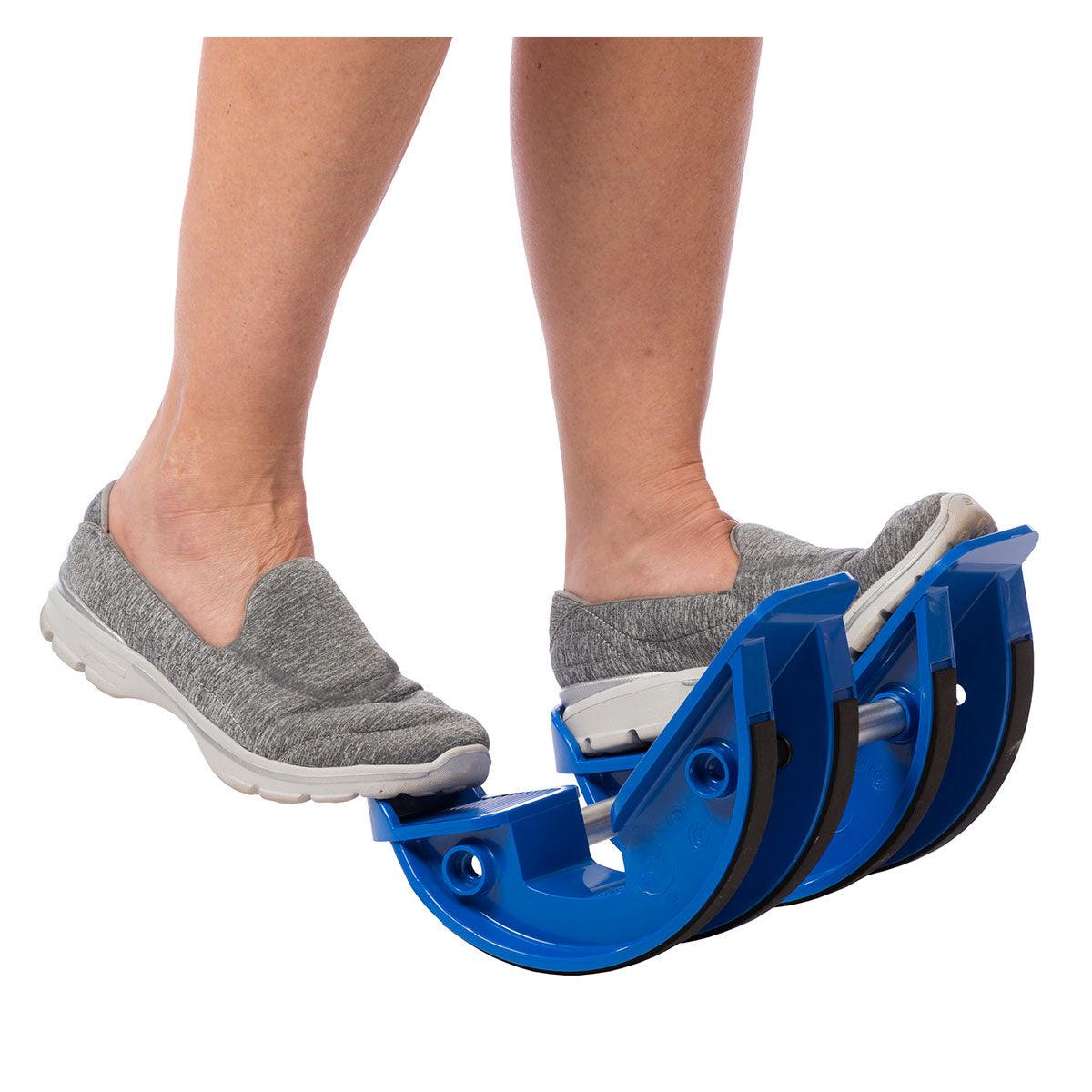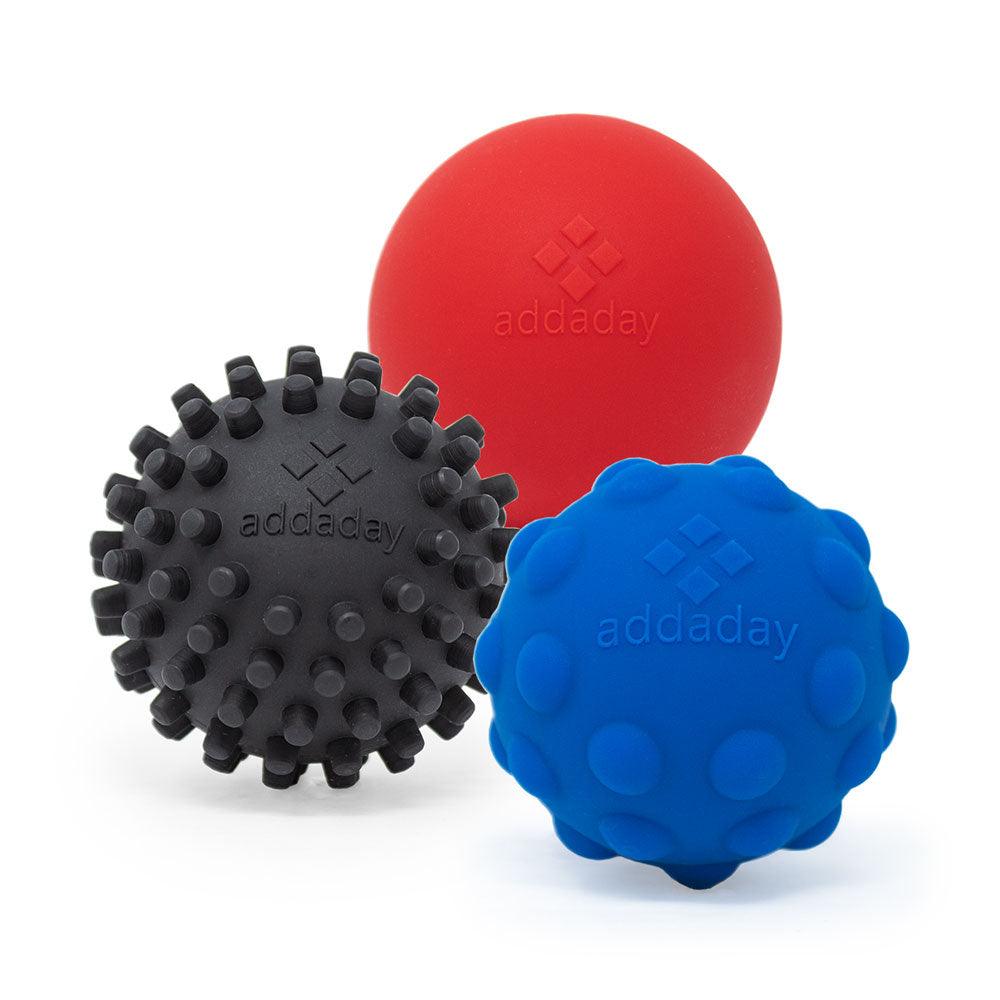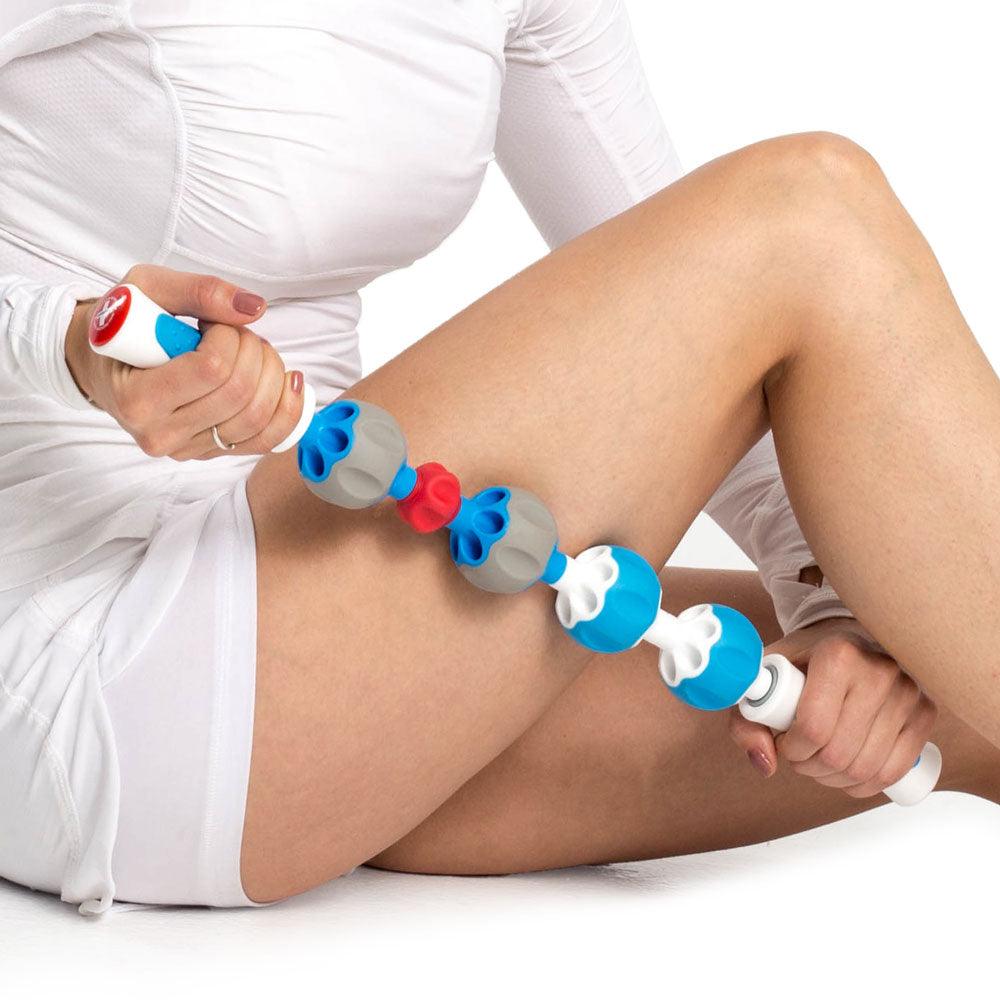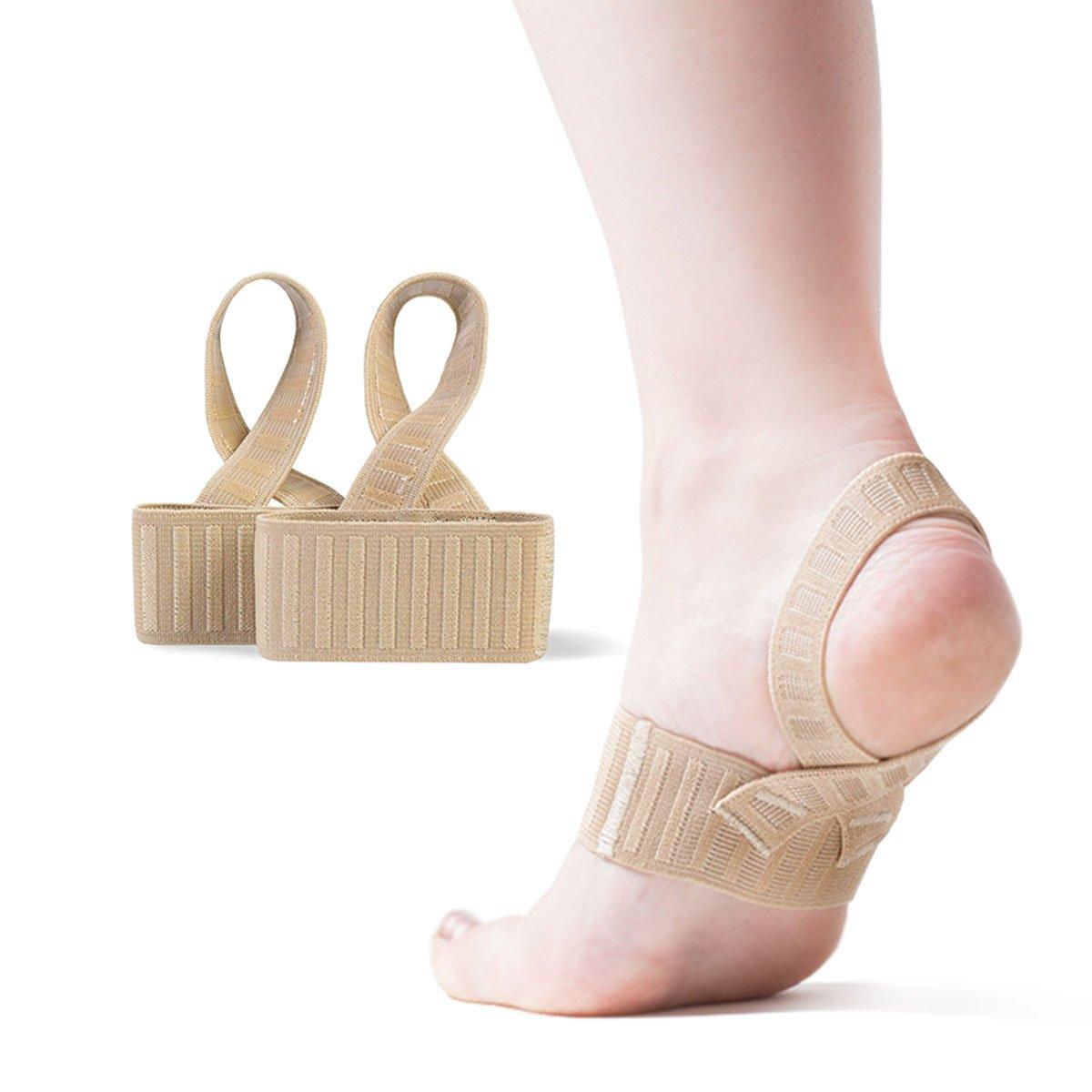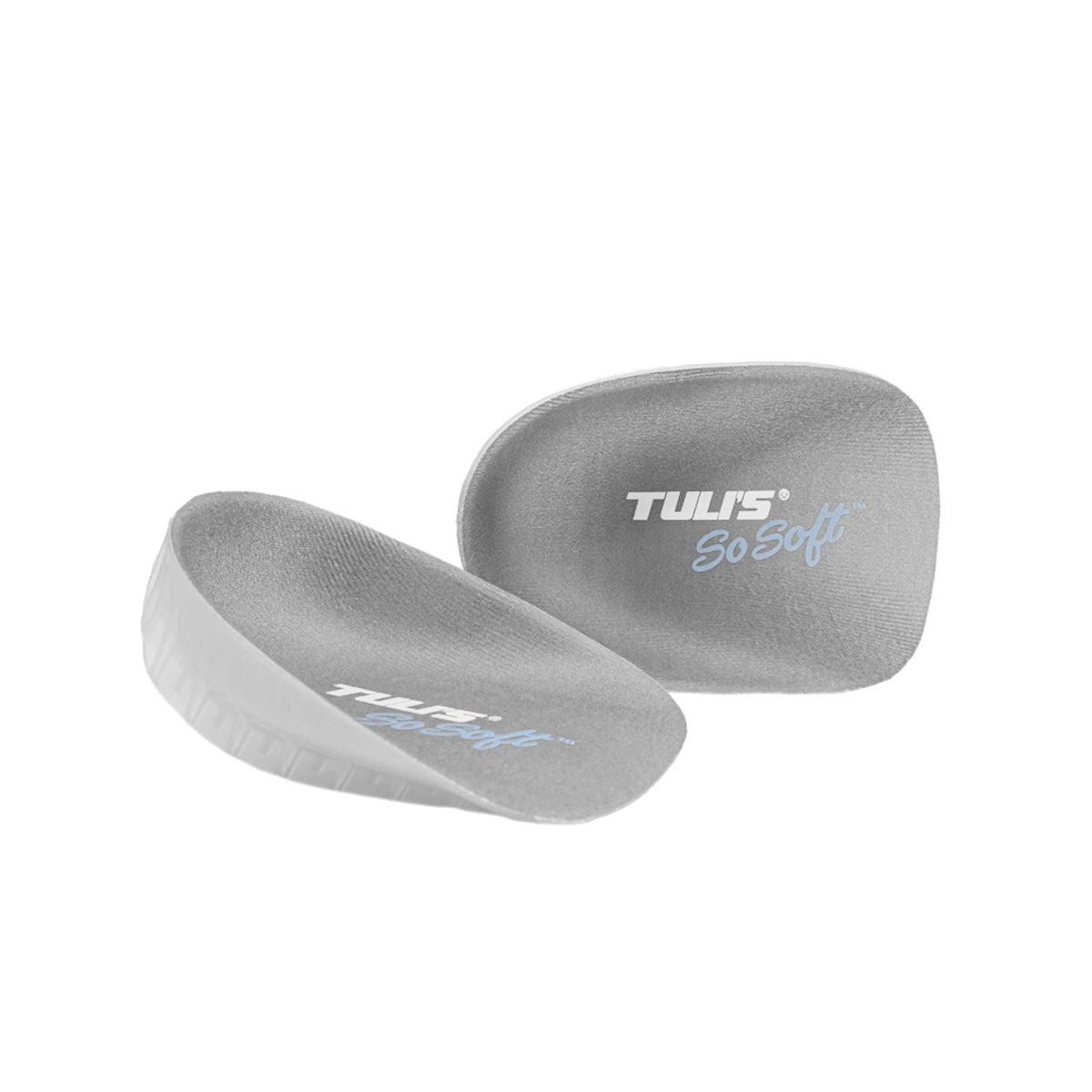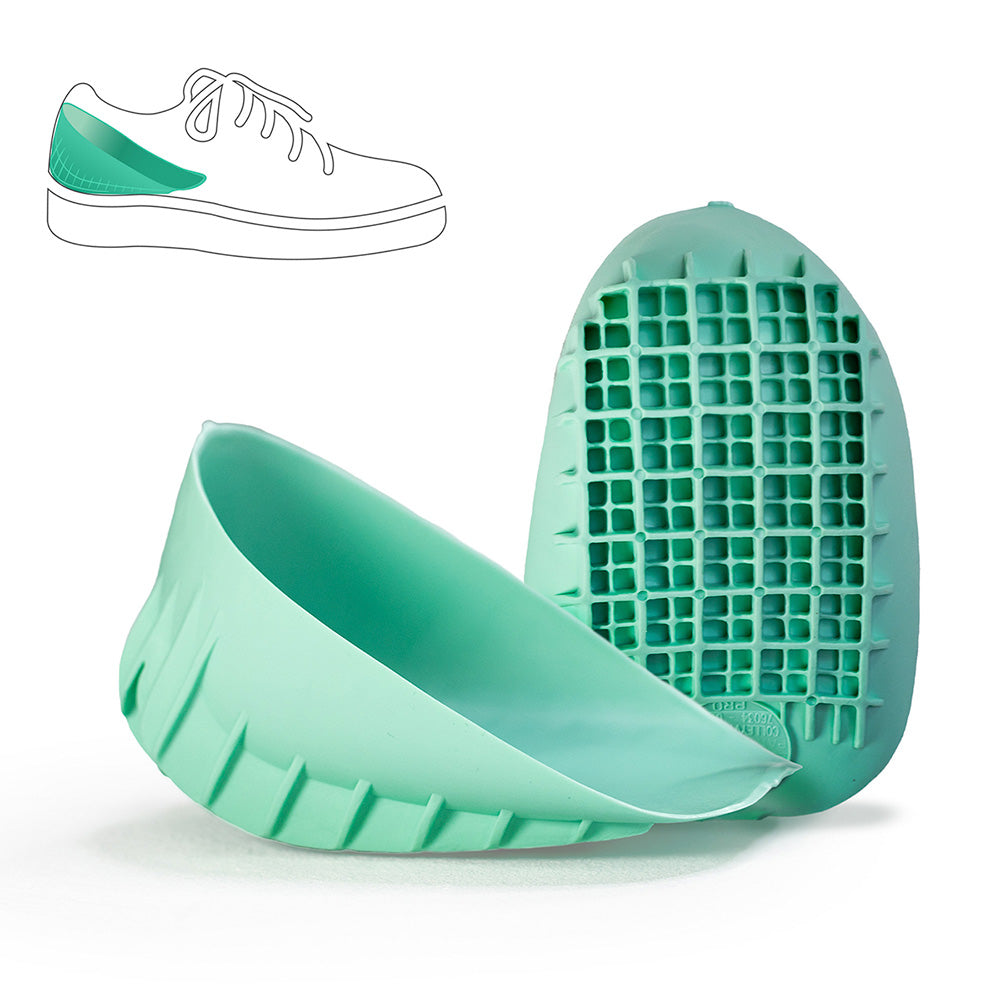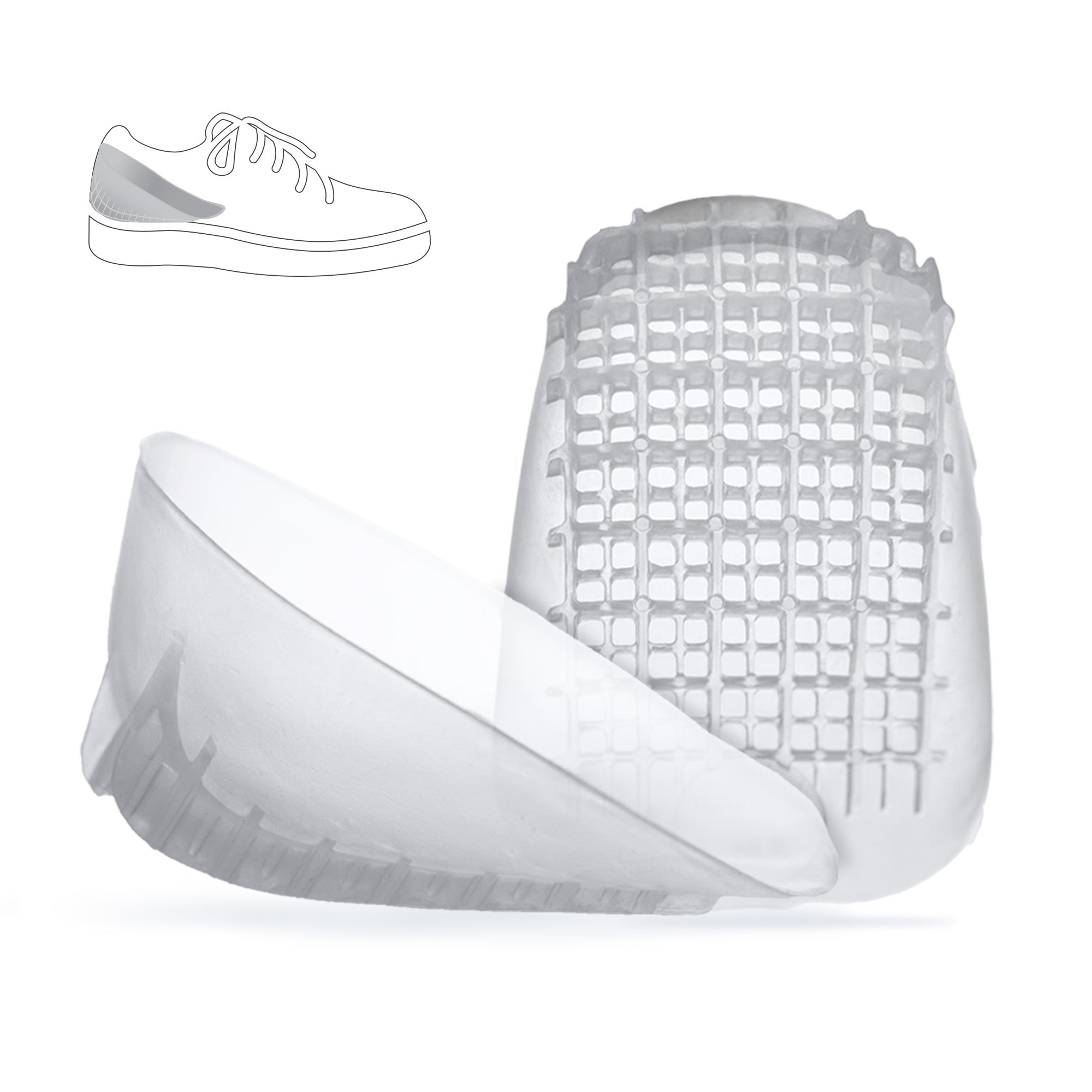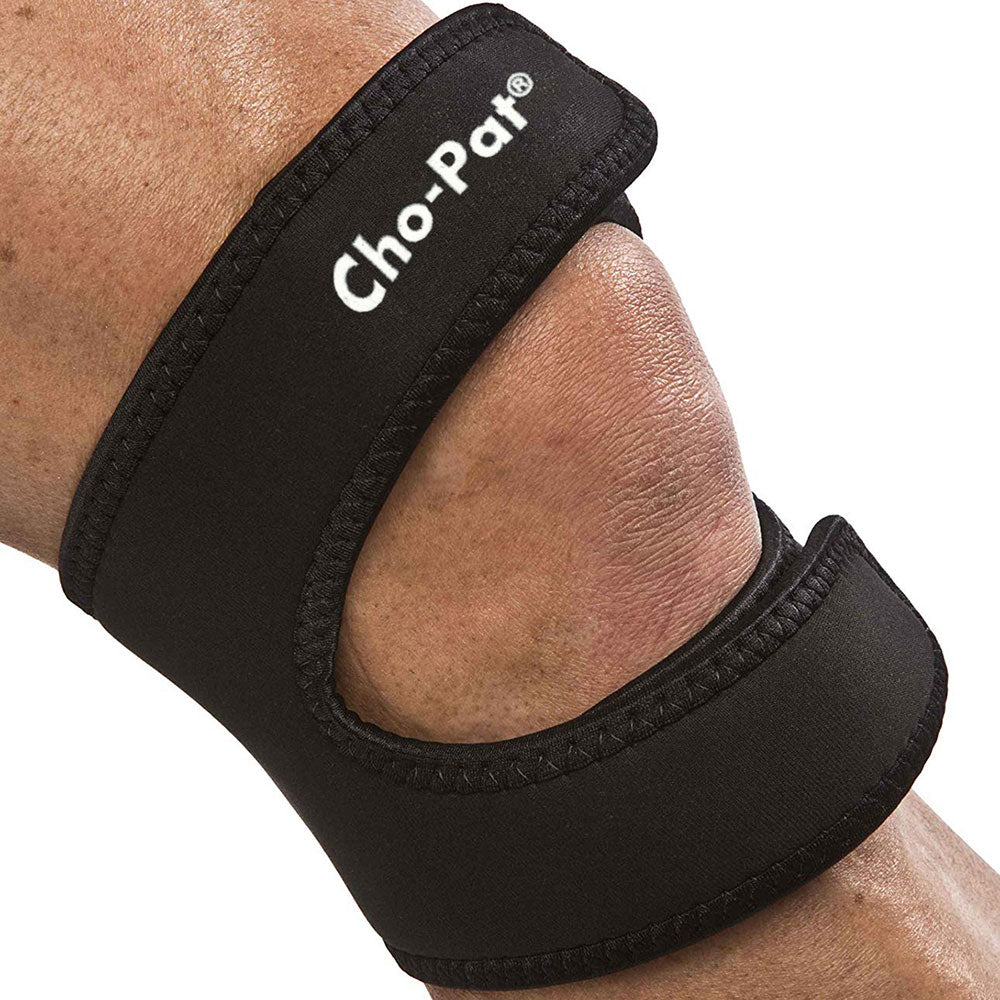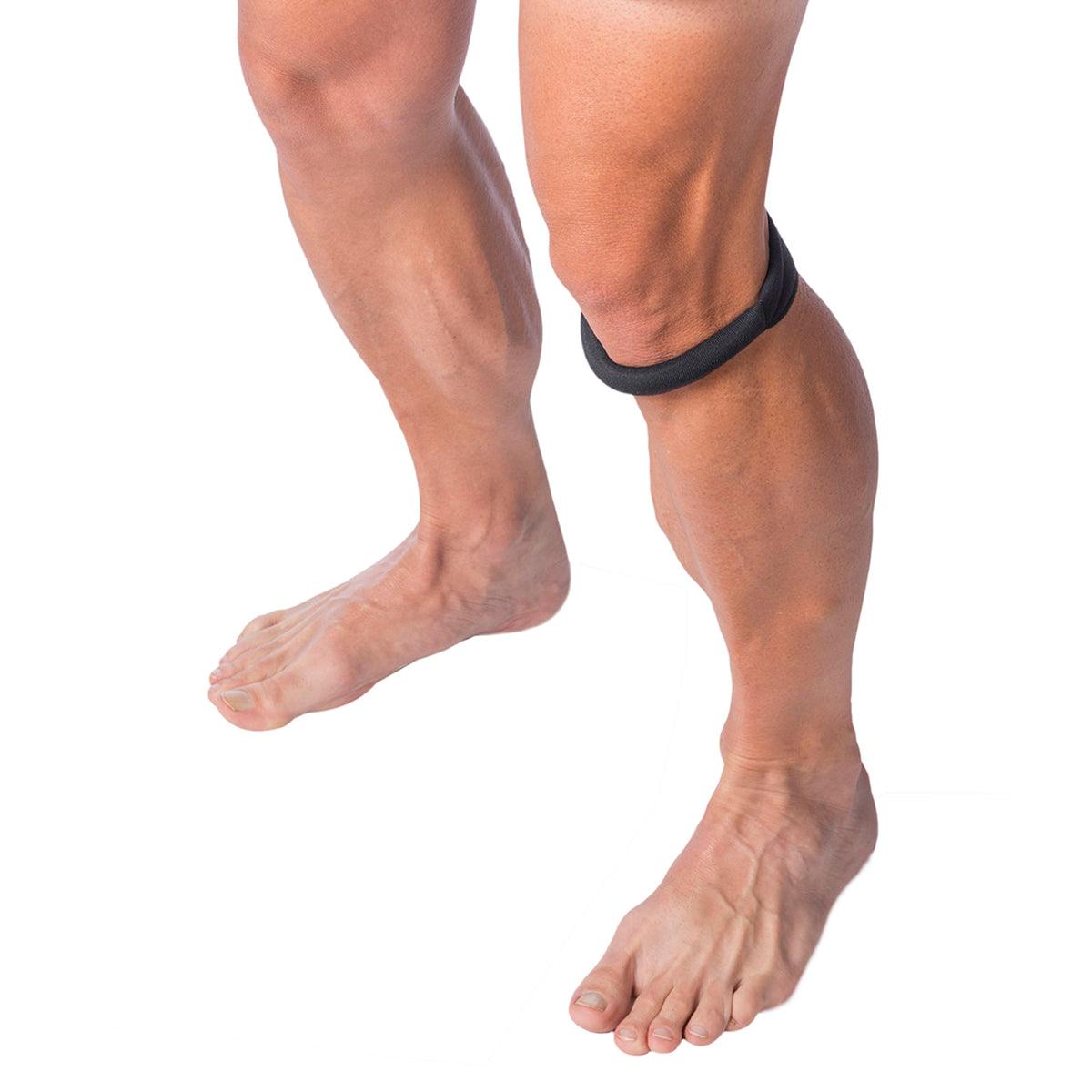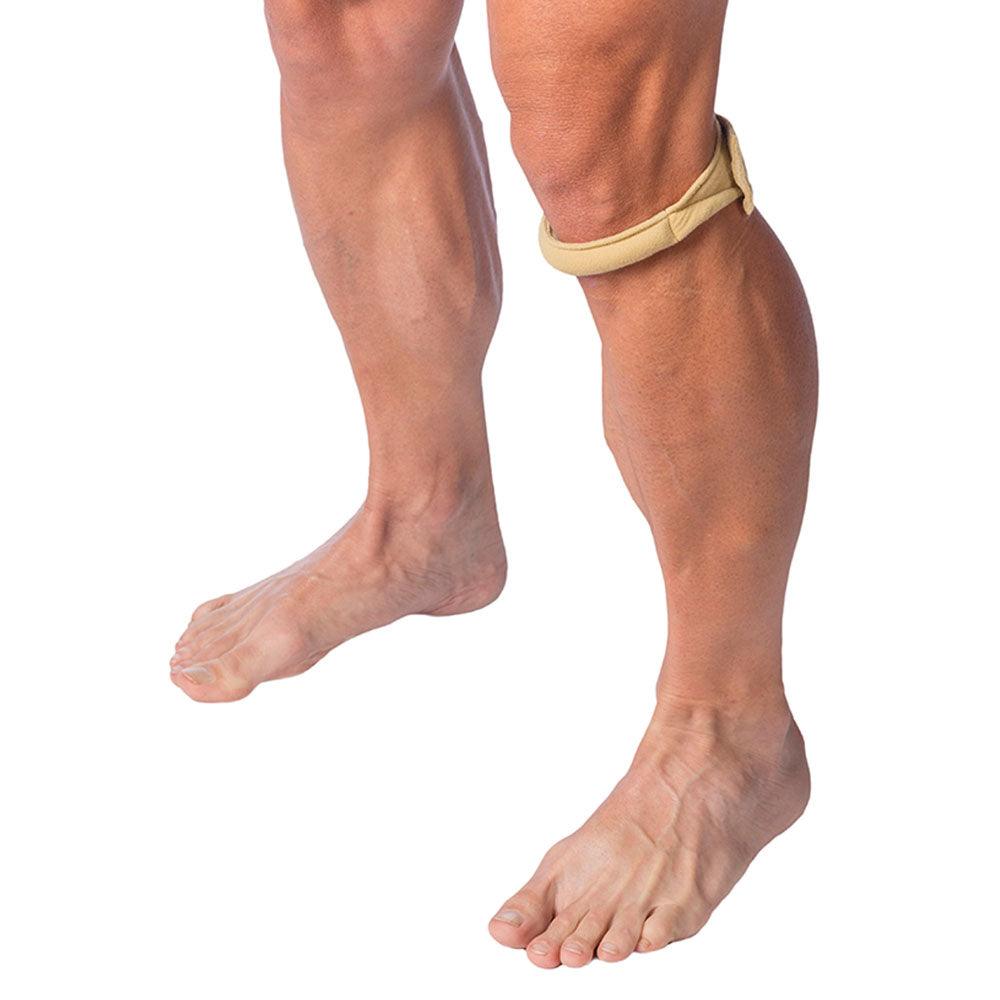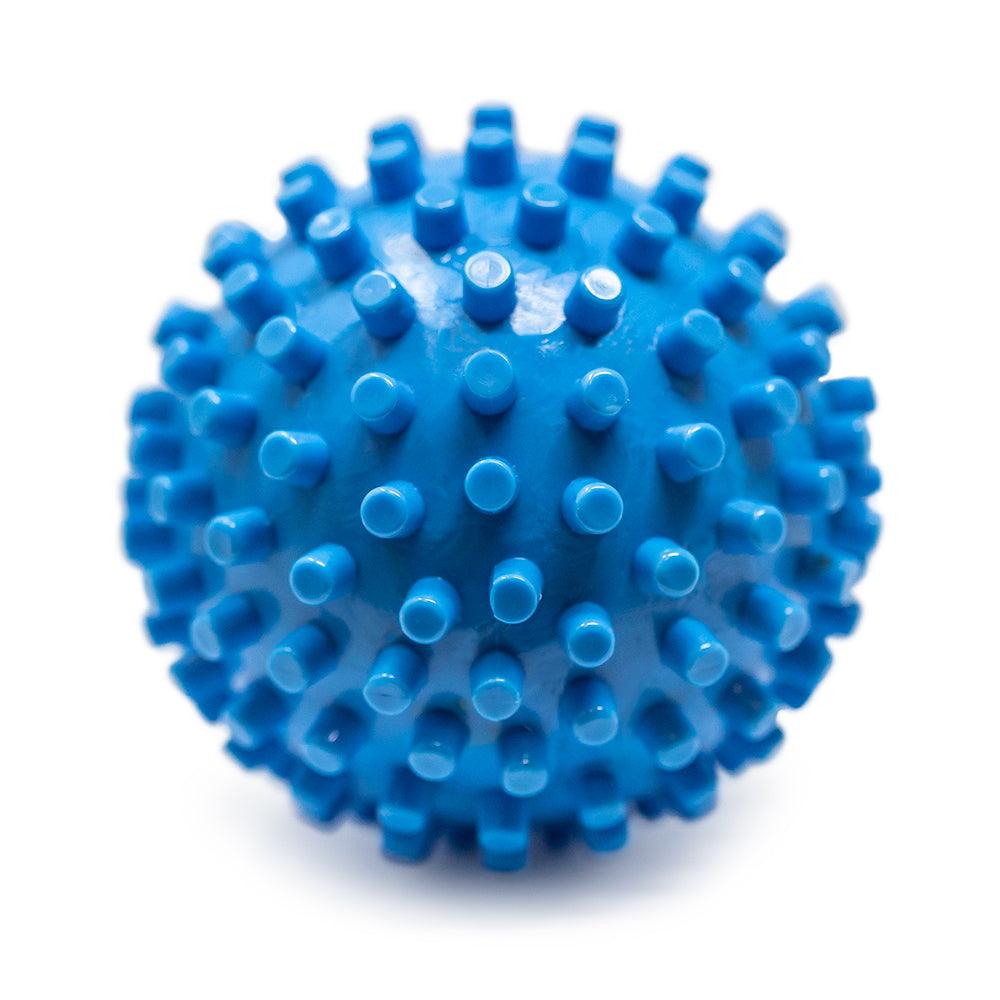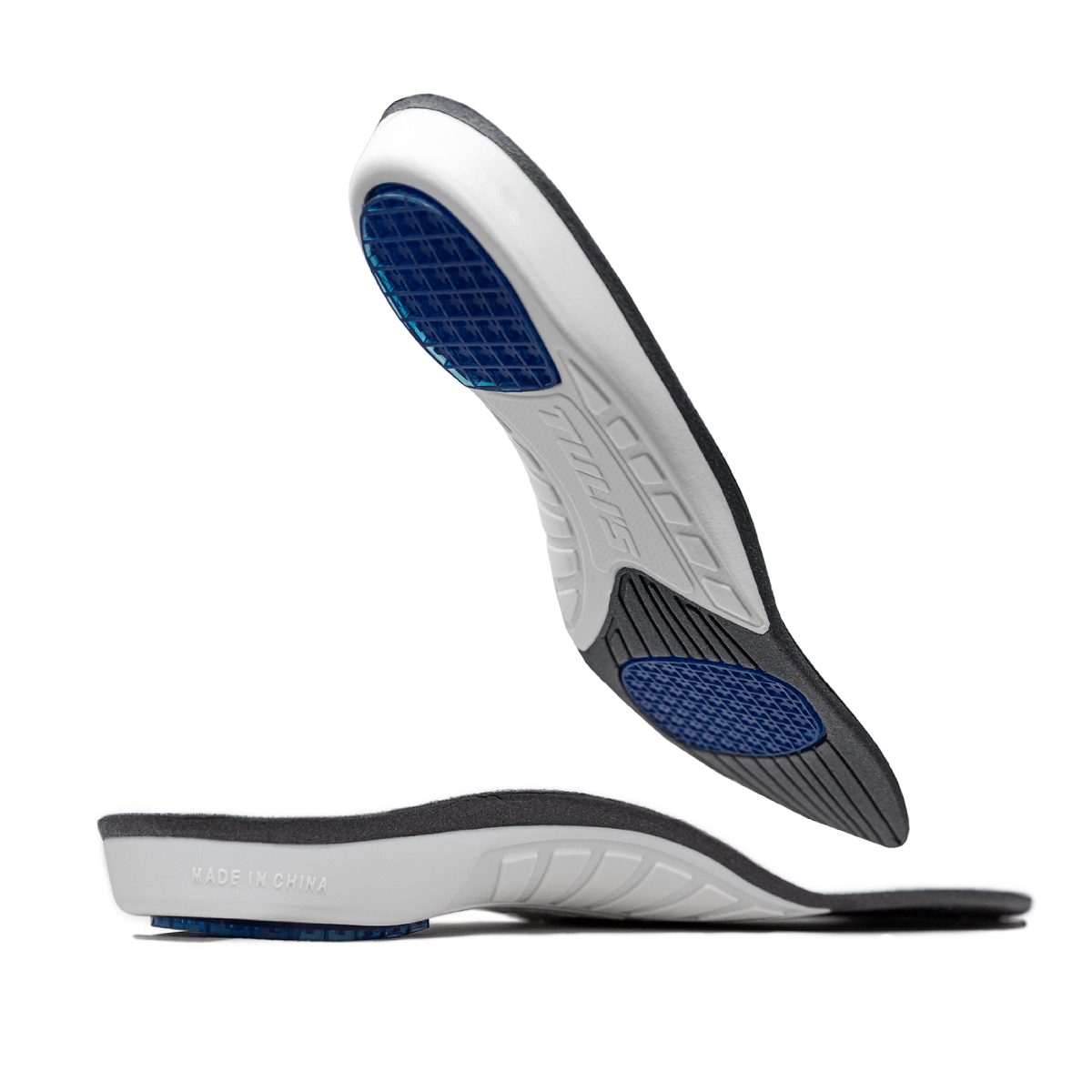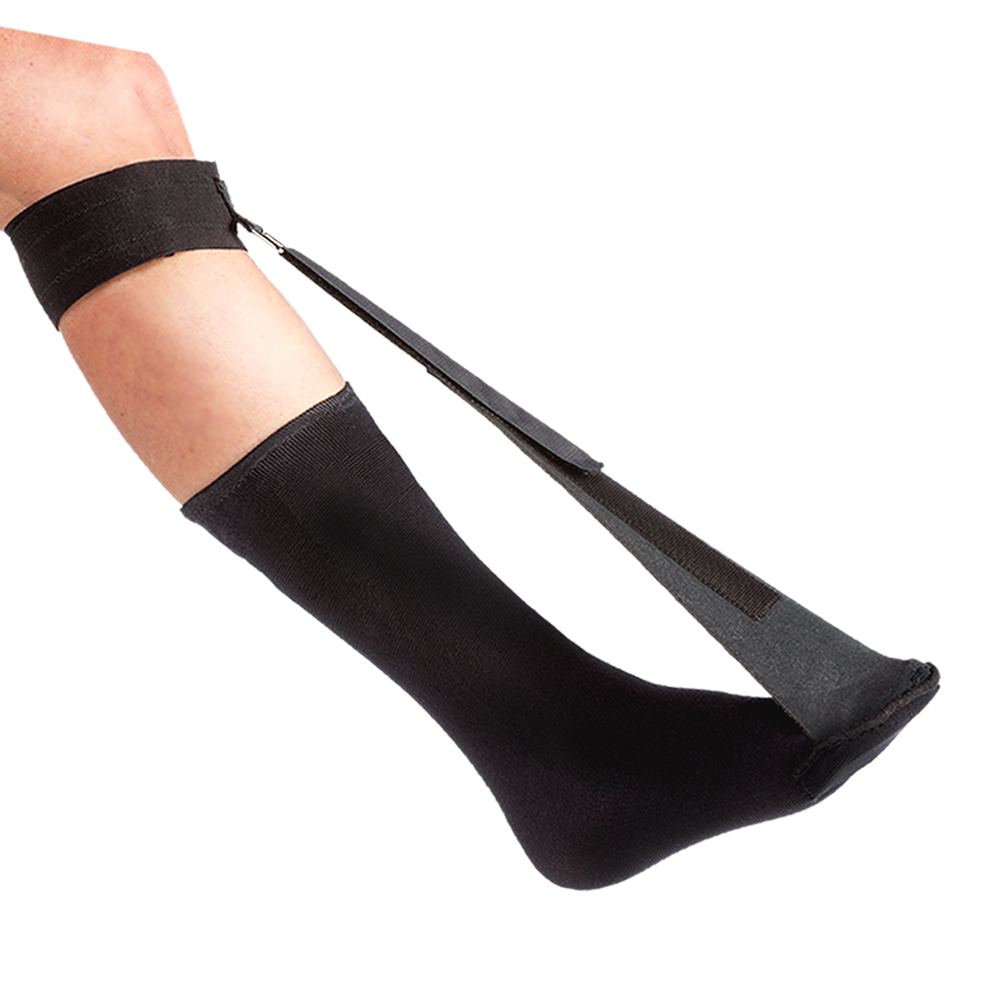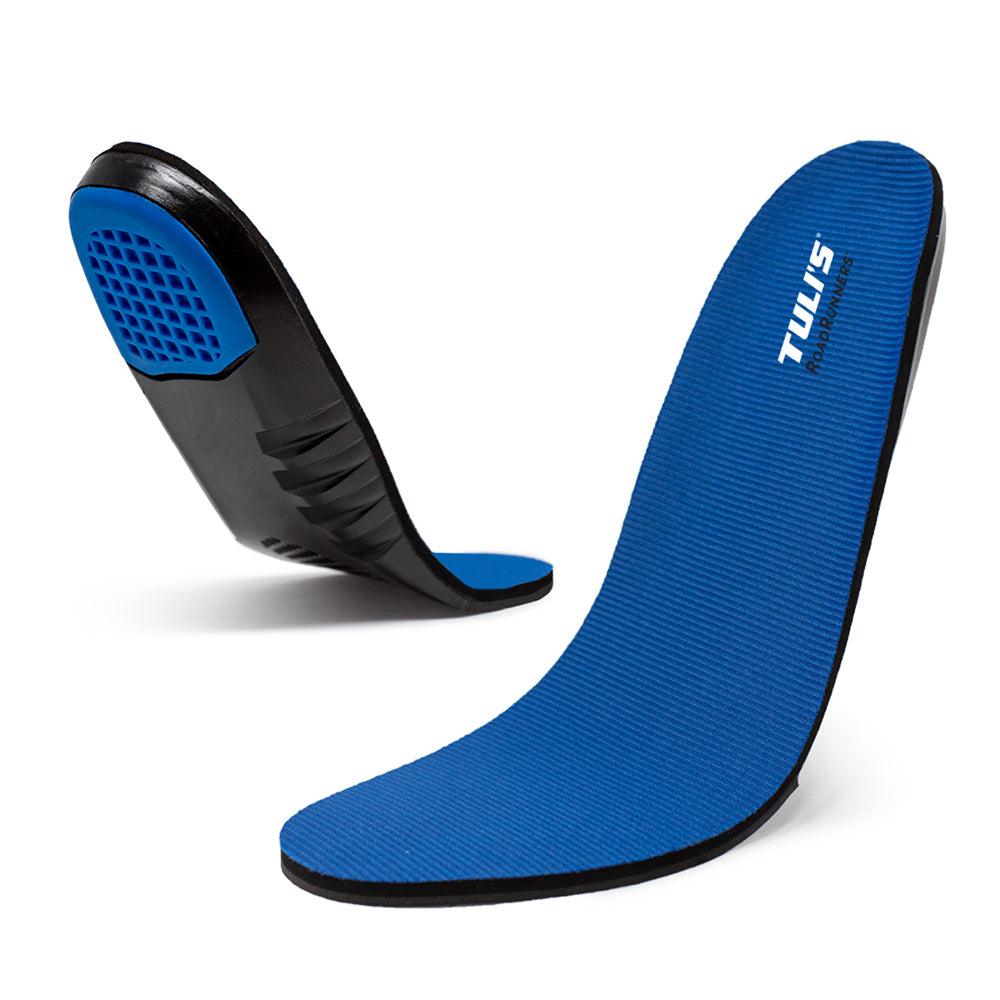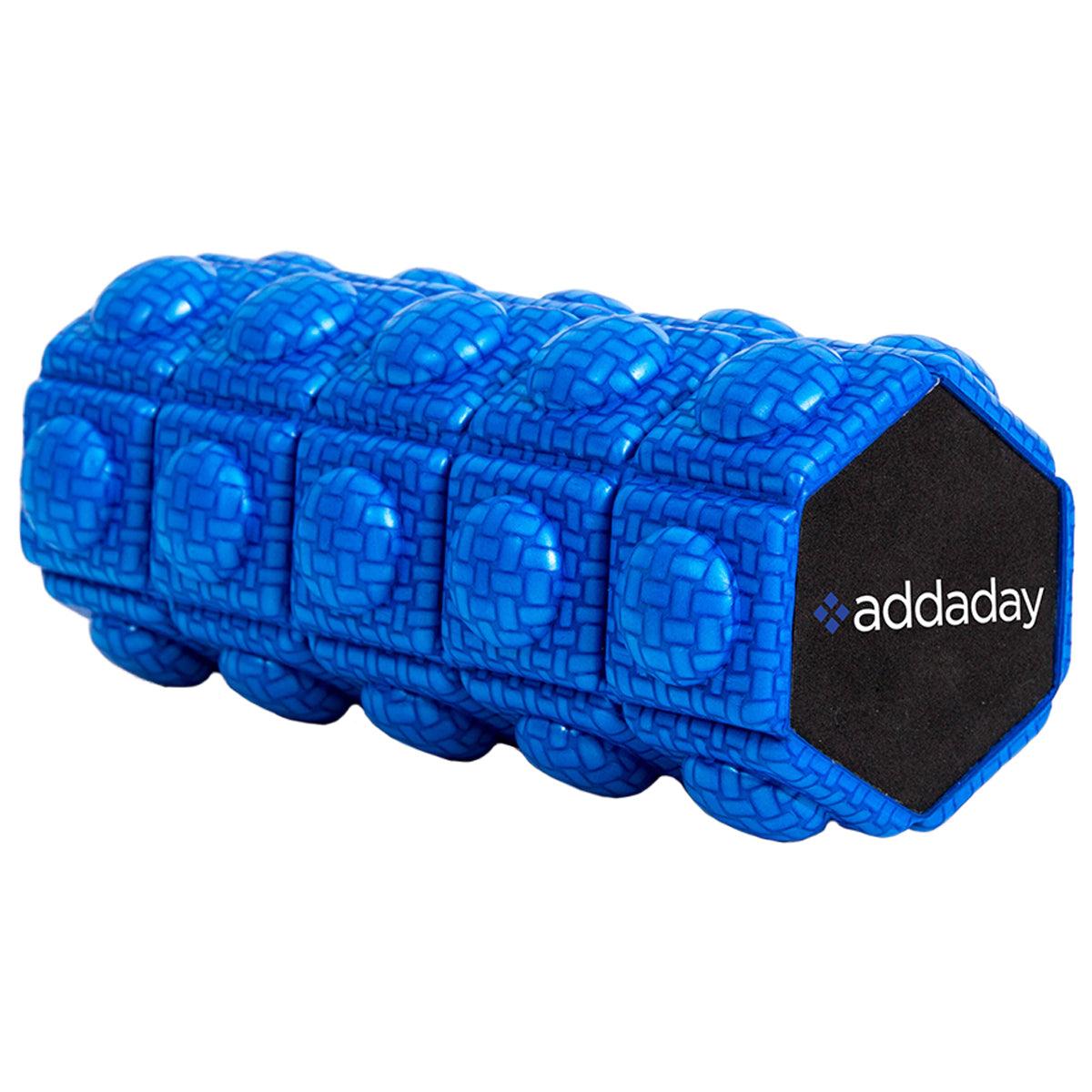Craig’s Corner: Form over function or function over form?

Craig DiGiovanni. VP of Sales & Marketing, Medi-Dyne Healthcare Products. Avid Runner. Wannabe Marathoner.
Like any moving object, variables change at different speeds. For example, when trying to turn a car, you can turn in a smaller radius at lower speeds than you can at higher speeds. Or, the faster you are going, the longer and farther it takes to stop. So it is with running; variables change with the increase and decrease of speed. I have learned this first hand during my training for the OKC Memorial Marathon.
During the week, I have been running my shorter distances at a much faster tempo than during my long runs on the weekend. What I have noticed is that I am experiencing tightness in different parts of my body, based on the speed at which I run.
At the faster speeds my attention is more on my breathing and overall feeling of being tired, and maybe a little on the tightness in my calves. I deal with each of these issues easily, by first stopping my run temporarily so I can catch my breath….I know rocket science, right? And second, for my tight calves; I use my Tuli’s heel cups to prevent most of the shock that causes the Achilles and then calf tightness, and also I do some simple ProStretch Plus stretching post run and throughout the day. These latter techniques are such simple measures, but within a day or two the tightness goes away.
Running form and the interconnective chain of the legs.
When I run at slower speeds during the longer mileage in my training, my attention seems to switch to the arches of my feet and to my quadriceps. At first this confused me because I wasn’t feeling excessively tired during my long runs, more “heavy” than tired. The more I thought about it though, the more I realized that at slower speeds I was changing the way that I ran. My running form at slower speeds was putting more pressure on my arches and was also forcing my quadriceps to engage more. Essentially, my running form was changing the way the tendons and muscles, that make up the interconnective chain of my legs, were working together. My form was driving function.
The solution to my dilemma was to use more arch support on my slower runs and also roll out and stretch my quads really well after my run. Once I supported my arches and also built up my quads my “attention” areas all but went away.
So, the next time you start having to pay some attention to a problem area consider all the variables, not only around that area, but also those that are interconnected. Like me, you might find the pain in one place is caused by a situation in another place.
For more information on techniques and tools that help with those problem areas visit medi-dyne.com.
The post The Importance of Running Form appeared first on Medi-Dyne.







